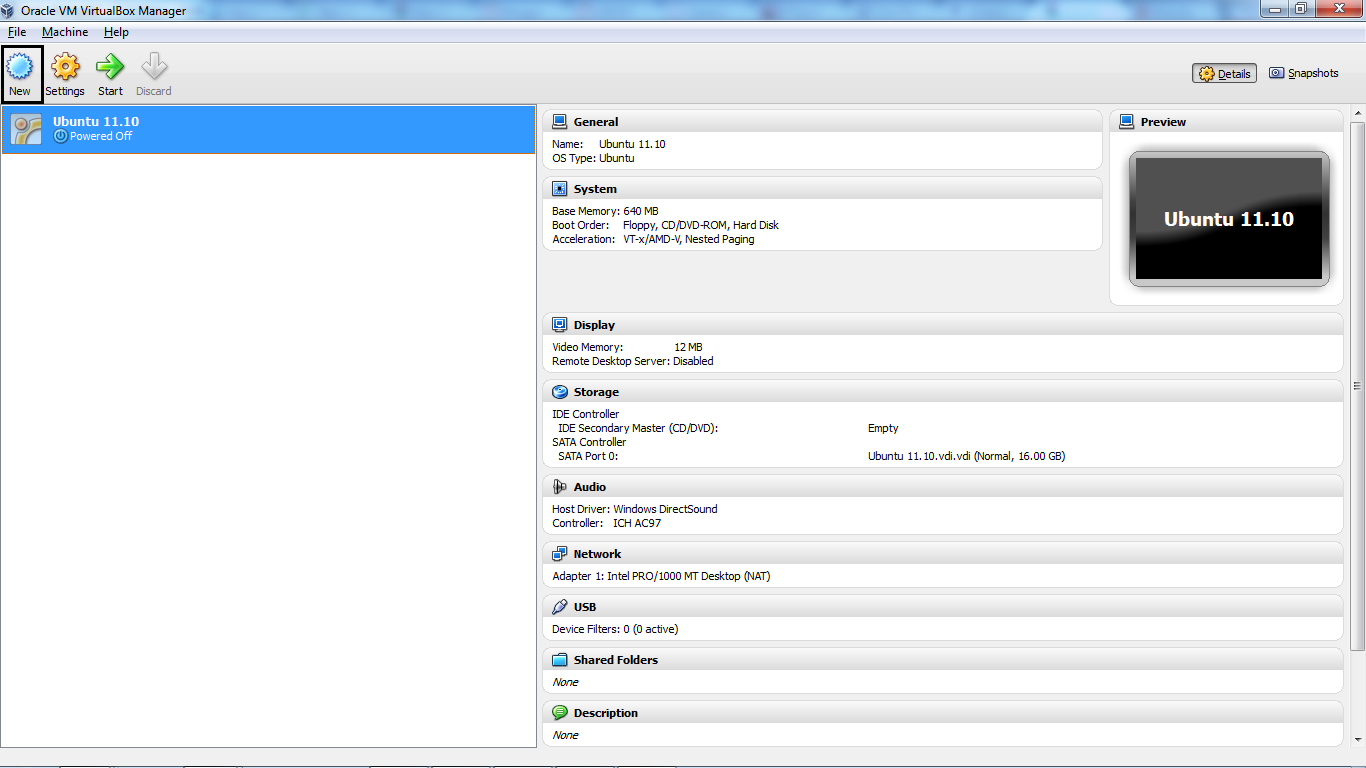

Issue the following commands (tested only on Ubuntu 20.04): In the Ubuntu system, open a terminal by pressing Ctrl+ Alt+ t. After the installation is finished, restart the Ubuntu system.ĭependencies 2.
In the VirtualBox window select Devices, then 'Insert Guest Additions CD Image.', and follow the prompts. Issue the following commands : $ sudo apt-get update $sudo apt-get install gcc make perl After the installation procedure is finished: restart the Ubuntu system, open a terminal by pressing Ctrl+ Alt+ t. This tutorial has the username as 'ubuntuuser'. Don't forget to add a username and a password. Follow the prompts to install the operating system. Double click the newly created VM to start it. Browse and select the iso file previously downloaded. Under Attributes, click on the disk icon (shown on the right), then select 'Choose a disk file. In Storage, under 'Controller: IDE', select Empty. For example, if you have 8 cores, select 4. Adjust the number of CPUs to half of what is available, since this will speed up the compilation and responsiveness of the VM. Back to 'Oracle VM VirtualBox Manager', select OctaveDev, click on Settings. In 'Create Virtual Hard Disk' window, under 'File size': 50 GB 'Hard disk file type': VDI 'Storage on physical hard disk': Dynamically allocated. In 'Hard disk', select: 'Create a virtual hard disk now'. 
For example, if 16384 MB are available, type 8192. Adjust 'Memory size' to half of what is available. In Name, put: OctaveDev Type: Linux Version: Ubuntu (64-bit). In 'Oracle VM VirtualBox Manager', Select: Machine -> New.






 0 kommentar(er)
0 kommentar(er)
